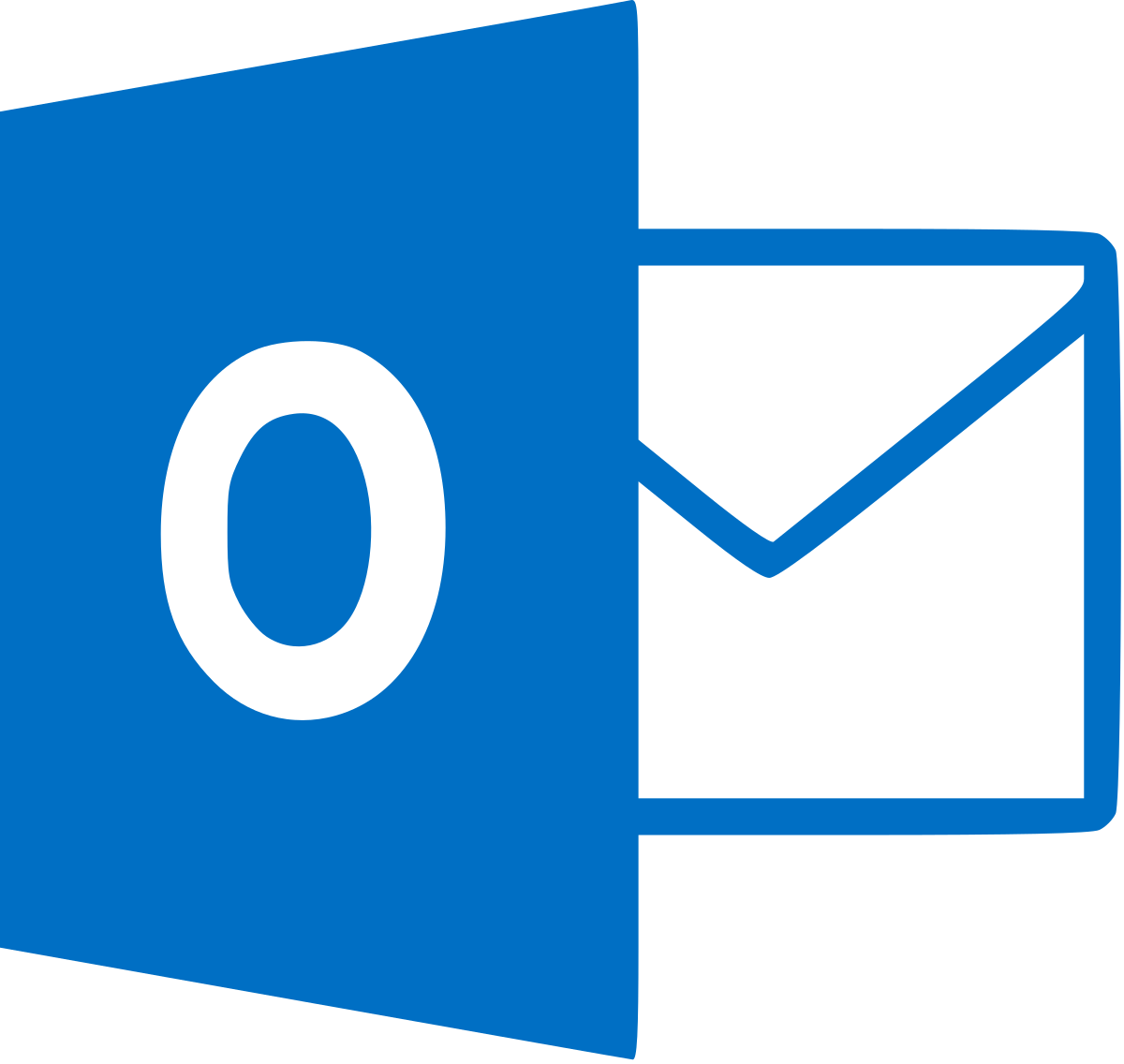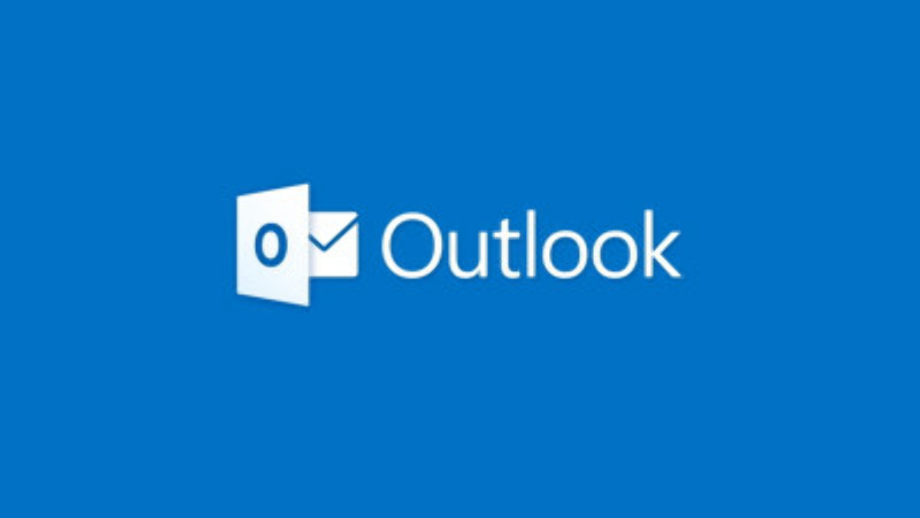
In two years a new emblem was developed, consisting of four trapezoids. The choice of color reflected the name of the platform. When in 2010 Microsoft introduced its Azure cloud computing service, it appeared with the company’s iconic four-part “flag” logo. The logo was modified several times, until in 2013 the company developed an emblem resembling an opened book with the letter “W” on its cover.

It was then that the iconic white-and-blue color scheme was adopted. In 2000, a completely new emblem was introduced, depicting the “W” character inside a square shape. The logos that appeared over the following 13 years were variations of the same idea. It was placed over the background depicting a sheet of paper. This was the first time when the “W” character became the central part of the logo. Four years later, a new emblem was adopted. The original Microsoft Word logo, which was introduced in 1983, was just a wordmark with a recognizable “O” character. Alternatively, the emblem can be white on the blue background. It features the dark shade of blue for the emblem and a white background. For the 2013 variation, however, a completely new color scheme was devised. Most old versions of the Microsoft Outlook logo, except the one released in 1995, featured a gold color palette. However, in the 2013 variation, the company switched to a simple “X” without any details. Although the logo went through about eight modifications from 1985 to 2013, each of the versions used the same visual effect. So, the emblem could be read as “XL,” or, Excel. Originally, the Microsoft Excel logo featured the letter “X” that had the “L” on one of its sides. It sported an abstract orange shape, which was supposed to reflect the company’s new design language. The 20 Office versions used variations of this symbol, while the 2012 emblem was completely different. It featured four interconnected squares of different colors and sizes. In 2003, instead of the puzzle pieces logo a new one appeared. The four color puzzle was moved to the left, so that it appeared in front of the wordmark. In 2001, when the XP version was introduced, a gradient tool was applied to the logo. It did not change much for the 19 Office versions. In addition to the wordmark, it featured a square shape with assembled puzzle pieces inside (four colors: yellow, red, green, and blue). The first Microsoft Office logo was introduced in 1995. This version of the emblem was nicknamed the “Pac-Man” logo, as the slash bore resemblance to Pac-Man. According to the company, this feature was supposed to put an emphasis on the word “soft” and also to create the impression of motion and speed. The wordmark used Helvetica italic typeface with a distinctive slash between the “o” and “s” characters.

The typeface of that logo was very similar to Aki Lines font and looked fresh, stylish, and progressive. It was a monochrome logotype where all capital letters featured extra-bold lines, formed by numerous thin lines in black and white. The company was renamed Microsoft in 1975 and the first official logo for the new brand was designed n the same year by Simon Daniels. The bold black logotype was placed on the right from the emblem and featured a smooth and rounded serif typeface, which looked very stylish and friendly.

The circle was standing for “O” and the left bar of the “D” looked like “T”, so the whole image could be read as “TOD”, an abbreviation of the company’s name, which was specialized in traffic light computer technologies in the very beginning of its history. The big black letter “D” was composed of two parts and a black circle in the middle.

The initial logo for Traf-O-Data was created in 1972 and featured a unique and memorable emblem, composed of three black figures, forming a stylized monogram.


 0 kommentar(er)
0 kommentar(er)
